Projects
Portfolio
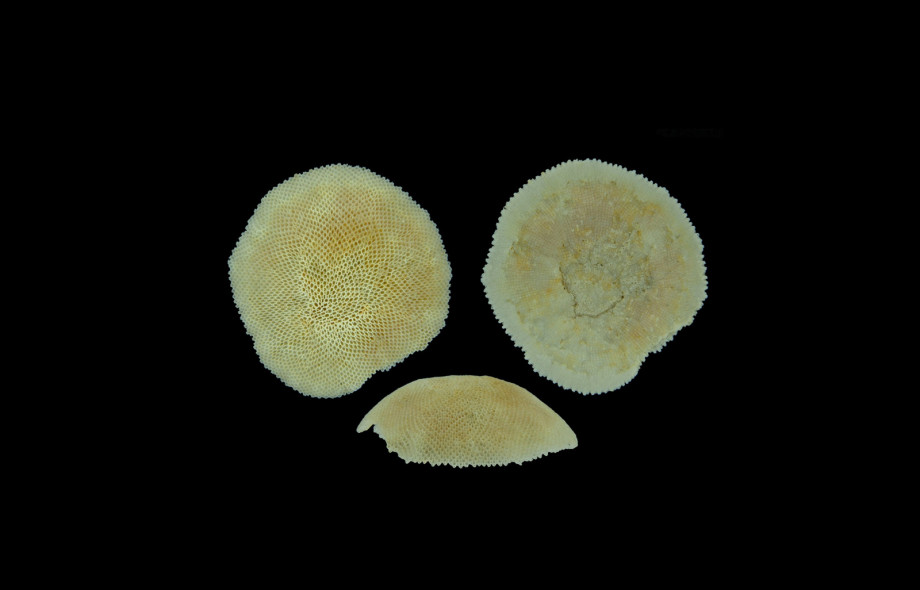
Featured Project:
Bryozoans of The Pacific
The bryozoans are filter-feeding invertebrates that are small and sessile — meaning they are directly attached to the surfaces they live on. Most of them are marine and live in colonies. On seashores and intertidal zones, these tiny creatures can be found encrusted on the shells of snails or bivalves like oysters or clams. They can also be found attached to shells in intertidal pools during low tide.
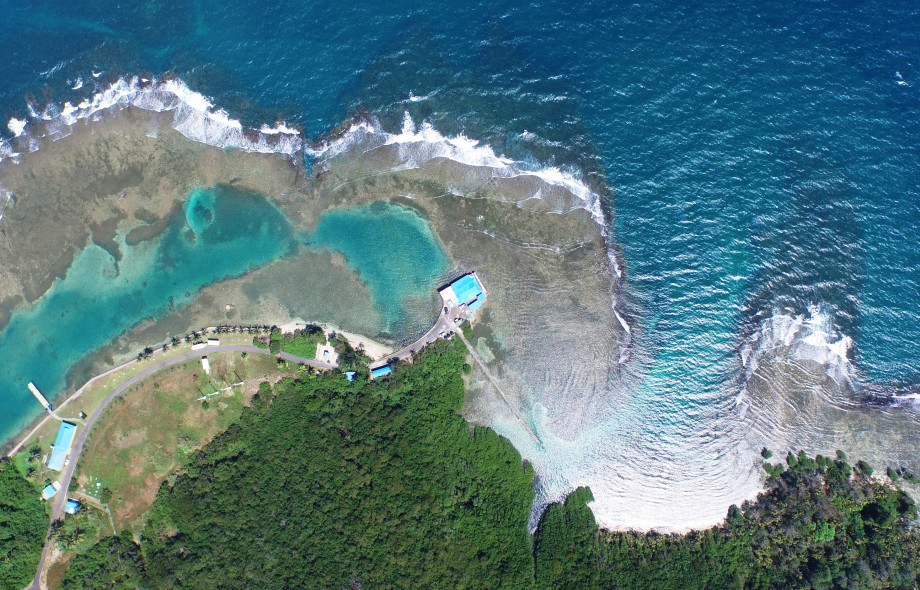
Shorefishes of the Eastern Pacific and Caribbean
These identification guides were built with data and images from STRI marine biologist Ross Robertson and help users identify the fishes of the Tropical Eastern Pacific and Caribbean. These digital guides are practical field tools that can be downloaded as applications for smartphones or tablets.
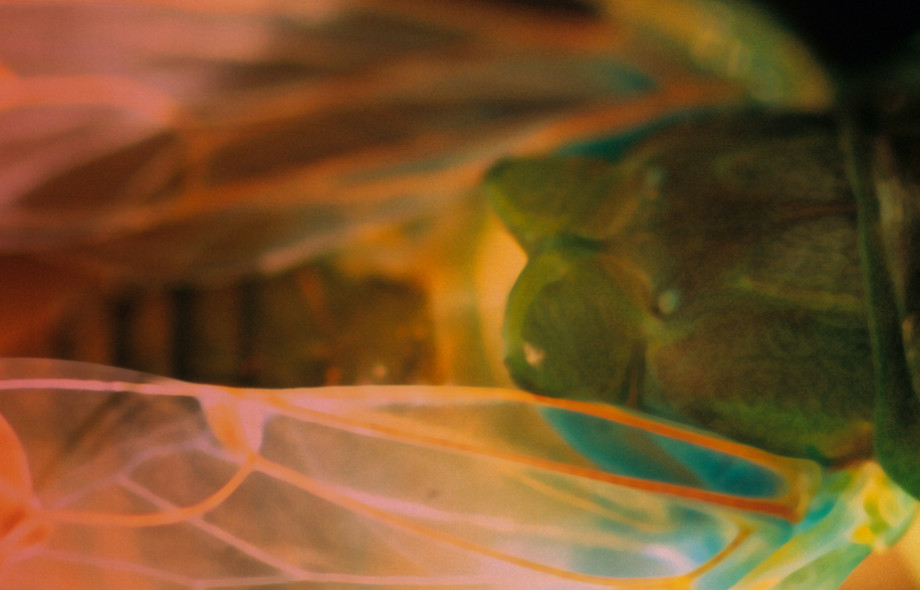
STRI’s Slide Collection Digitization Project
STRI’s photographic slide collection dates from 1992 to 2001 and consists of about 18,000 slides. This work documents the history of STRI through images of nature, buildings, landmarks, activities, people and special events. This digitized collection was built with 35mm reversal film (transparencies or diapositives) and 35mm black-and-white negative film.
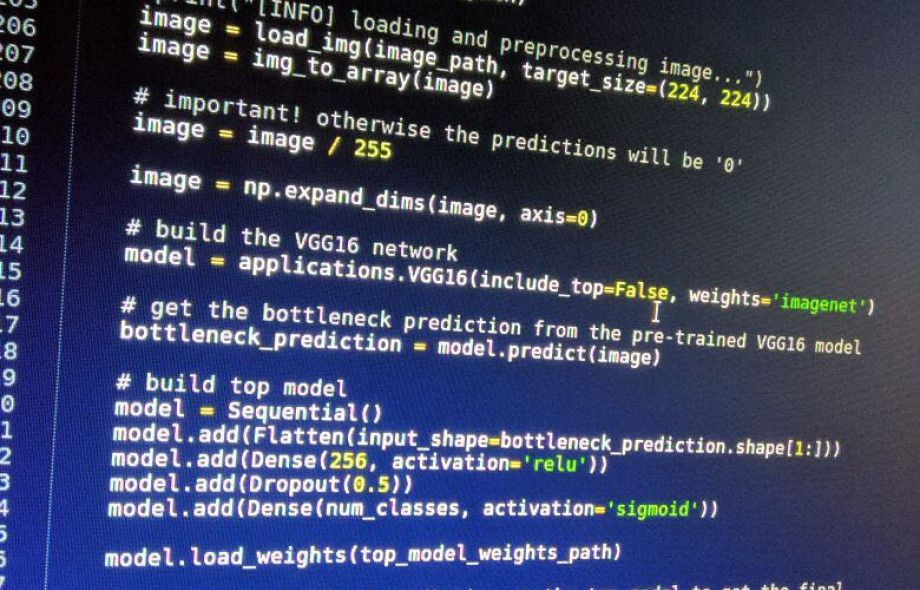
Machine learning
Machine learning is the subfield of computer science that gives computers the ability to learn without being explicitly programmed. Machine learning evolved from the study of pattern recognition and computational learning theory in artificial intelligence. It explores the study and construction of algorithms that can “learn” from and make predictions based on data. These algorithms overcome static program instructions by making data-driven predictions or decisions from models or sample inputs.
At STRI, we have put together a convolutional neural network (CNN) model fine-tuned for a specific image dataset, the Shorefishes of the Eastern Pacific and the Caribbean. We train this neural network to classify images for more than a thousand taxonomic groups and we are in the process of incrementing the accuracy of the predictions.
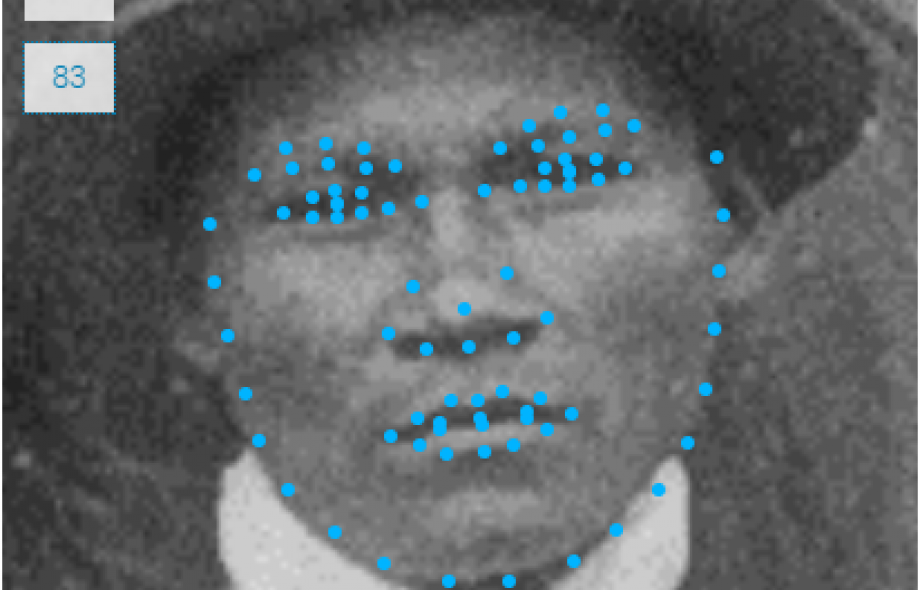
Biometrics
We use biometrics for a facial recognition — to scan images and analyze them by extracting landmarks and features of a subject’s face. Examples include the relative positions, sizes and shapes of eyes, noses, cheekbones and jaws.
We used popular recognition algorithms1 to analyze the photographs of the subject. These map facial landmarks to predict the age, gender, ethnicity, and emotion, and can work around facia(l) feature-obstructions such as glasses and hair. Our research is done using popular APIs like Betaface API(2) and is helped by other biometric open source libraries(3).
- (1) Eigenfaces , Multilinear Subspace Learning
- (2) BetaFace (https://www.betafaceapi.com/)
- (3) https://cmusatyalab.github.io/openface/, http://openbiometrics.org/

Webcams
Take a closer look at Panama's marine ecosystems with our underwater webcams at STRI’s Caribbean research stations in Bocas del Toro and Punta Galeta. Enjoy!